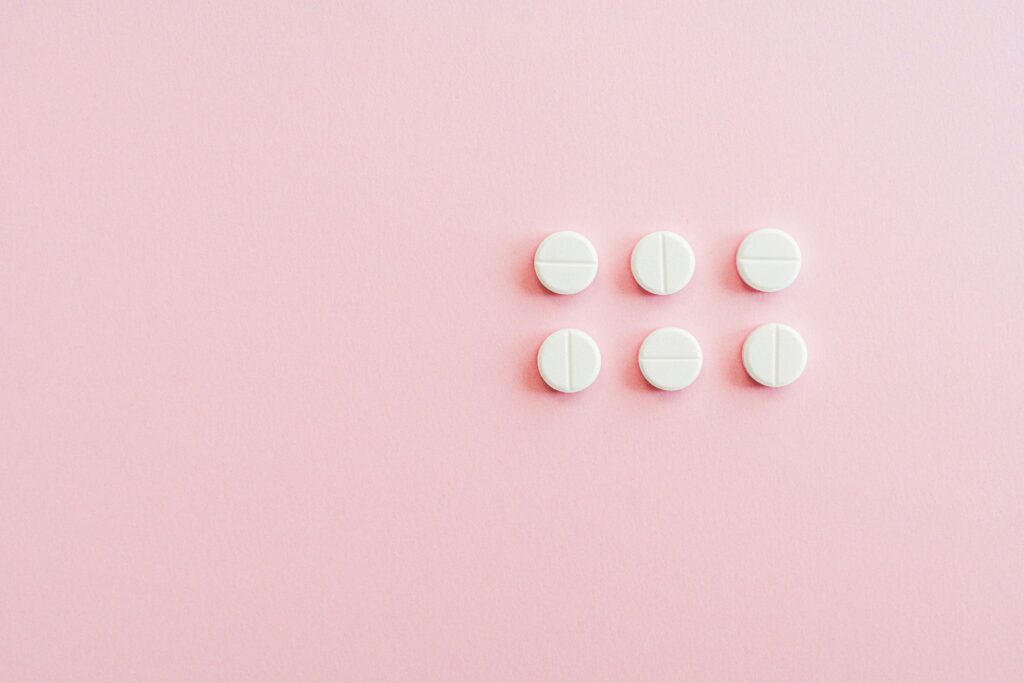Introduction
In recent years a new and highly dangerous class of synthetic opioids has been appearing in illicit drug supplies across North America Europe and other parts of the world. Known as nitzaenes these compounds were originally developed in the mid-20th century but never approved for medical use. Today they are emerging as a potent threat with some analogues many times stronger than fentanyl and hundreds of times stronger than morphine. Nitzaenes have been linked to an increasing number of overdoses often in cases where the person consuming the drug did not know they were taking an opioid at all.
This growing threat raises urgent questions. How can individuals protect themselves when the illicit drug supply is unpredictable and contaminated with substances that are difficult to detect? What can communities do to reduce the risk of nitzaene-related deaths? While harm reduction strategies such as drug checking and naloxone distribution are essential there is another powerful tool in preventing nitzaene harm: comprehensive addiction treatment.
Addiction treatment is not only about stopping drug use. It is about helping people build stability health and resilience so they are less likely to be exposed to dangerous street drugs in the first place. It is about equipping people with knowledge skills and support systems to protect themselves from the constantly shifting risks in the drug supply. In this article we will explore how addiction treatment can help protect against nitzaene harm by reducing exposure building awareness providing medical support and fostering long-term recovery.
Understanding Nitzaenes and Their Risks
Nitzaenes are synthetic opioids belonging to the benzimidazole class. Unlike fentanyl which is part of the phenylpiperidine family nitzaenes have a completely different chemical structure. Despite this difference they act in a similar way by binding to the mu-opioid receptors in the brain and spinal cord. This interaction produces intense pain relief euphoria and sedation but also slows breathing. In high doses or in people without tolerance this respiratory depression can be fatal.
One of the most alarming aspects of nitzaenes is their potency. Some analogues such as etonitazene and isotonitazene are reported to be several times more powerful than fentanyl. This means that even microgram amounts can be deadly. The danger is magnified when these substances are mixed into counterfeit pills powders or other drugs without the user’s knowledge. People may think they are taking a prescription-strength medication or a non-opioid recreational drug but in reality they are consuming something far more potent and risky.
Another major risk is that nitzaenes are not detected by most standard drug tests. This means that even when someone overdoses medical personnel might not immediately know what substance caused the reaction. Specialized testing can identify nitzaenes but it is not widely available. The result is a hidden threat that makes every encounter with an unregulated drug potentially deadly.
The Role of Addiction Treatment in Preventing Harm
Addiction treatment plays a critical role in protecting people from nitzaene harm by reducing their reliance on unregulated drug supplies. While harm reduction measures help mitigate risk for people who are currently using treatment addresses the root causes of substance use and creates a pathway to safety and stability.
When someone engages in treatment they gain access to medical support behavioral therapy peer connections and long-term planning that can keep them out of the high-risk situations where nitzaenes are most often encountered. This does not mean treatment is an instant cure but it does shift the odds significantly in favor of safety.
Reducing Exposure to the Illicit Drug Supply
The most direct way addiction treatment helps protect against nitzaene harm is by reducing or eliminating the need to use drugs obtained from unregulated sources. Every time someone uses a pill or powder from the street they are taking a gamble. Even drugs purchased from a seemingly reliable dealer can contain hidden contaminants including nitzaenes. Treatment offers alternatives such as FDA-approved medications that can stabilize opioid dependence and remove the need to seek opioids from illicit sources.
For example medication-assisted treatment (MAT) with buprenorphine or methadone can control withdrawal symptoms and cravings allowing people to step away from the chaotic and risky environment of street drug use. By replacing illicit opioids with a regulated medication taken under medical supervision individuals can avoid exposure to unknown and potentially deadly compounds like nitzaenes.
Building Awareness and Education
Addiction treatment programs also provide education about emerging drug trends and the specific dangers of substances like nitzaenes. Many people who use drugs are unaware of the risks posed by new synthetic opioids or may underestimate their potency. Treatment professionals can share up-to-date information about the local drug supply including warnings from public health agencies and testing results from community harm reduction programs.
Education is not just about facts and statistics. It is about helping people understand how these substances affect the body why they are dangerous and what to do if they encounter them. Treatment settings can teach people how to recognize the signs of opioid overdose and how to respond quickly with naloxone. This knowledge can save lives both for the person in treatment and for those in their social networks.
Providing Access to Naloxone and Overdose Response Training
Naloxone is a medication that can reverse an opioid overdose if given in time. It works by displacing opioids from the mu-opioid receptors and restoring normal breathing. In cases of nitzaene overdose multiple doses of naloxone may be needed because of the drug’s extreme potency.
Addiction treatment programs often distribute naloxone kits to participants and train them in their use. They can also teach strategies for preventing overdose such as not using drugs alone testing substances when possible and starting with a very small dose if there is uncertainty about the content. By making naloxone available and ensuring people know how to use it treatment programs help build a community safety net that extends beyond the clinic walls.
Addressing Co-Occurring Mental Health Conditions
Many people who use drugs are also dealing with mental health challenges such as depression anxiety or trauma. These conditions can make it harder to stop using and can increase the risk of overdose. Treatment programs that address both addiction and mental health together are better equipped to help people achieve stability and avoid returning to risky drug use.
Integrated care models bring together therapists psychiatrists medical providers and peer counselors to create a coordinated plan. When mental health symptoms are under control the need to self-medicate with dangerous substances like nitzaenes decreases. This holistic approach is a key part of long-term protection.
Providing a Supportive Recovery Community
Addiction treatment does not happen in isolation. One of the strongest protective factors against returning to drug use is a supportive network of peers and professionals. Treatment programs often connect people with recovery support groups sober housing vocational programs and other resources that help build a stable life.
A strong support network can provide accountability encouragement and practical help during times of stress or temptation. It can also serve as a source of information about emerging drug threats. In a connected recovery community news about dangerous batches of drugs spreads quickly and people can take action to protect themselves and others.
Helping People Navigate Relapse Risks
Relapse is a common part of the recovery process. What matters is how it is handled. Treatment programs can help people create relapse prevention plans that include steps to take if they find themselves in a high-risk situation. These plans can include strategies for avoiding contact with old dealers carrying naloxone and reaching out to a sponsor or counselor immediately.
In the context of nitzaenes relapse carries an even greater danger because the drug supply is more toxic and unpredictable than ever before. By planning ahead people can reduce the harm if a relapse does occur and increase their chances of returning quickly to recovery.
Supporting Long-Term Recovery
The longer someone stays engaged in treatment and recovery support the lower their risk of returning to dangerous drug use. Long-term recovery programs offer ongoing counseling peer support and medical monitoring to help people maintain their progress.
Staying connected to a treatment program means staying informed about changes in the drug supply including the appearance of new nitzaene analogues. It also means having continued access to life-saving tools like naloxone and fentanyl/nitzaene test strips when available.
How Families Can Be Part of the Solution
Families and loved ones play an important role in protecting people from nitzaene harm. Addiction treatment programs can educate families about the risks of nitzaenes and train them in overdose response. They can also offer family counseling to repair relationships and create a supportive environment for recovery.
When families understand the dangers and know how to respond they can be an essential line of defense. They can help keep naloxone in the home encourage treatment engagement and support healthy lifestyle changes that reduce the risk of relapse.
The Public Health Impact of Expanding Treatment Access
On a broader level expanding access to addiction treatment is a powerful public health strategy for reducing nitzaene harm. When more people have access to treatment fewer people are dependent on the illicit drug supply. This reduces the overall number of potential nitzaene exposures in the community.
Public health agencies can partner with treatment providers to track emerging drug threats and share information quickly. They can also ensure that treatment programs have the resources they need to distribute naloxone and offer harm reduction services alongside recovery support.
Conclusion
Nitzaenes represent a new and highly dangerous chapter in the ongoing opioid crisis. With potencies that can exceed fentanyl and the ability to hide undetected in a wide range of illicit drugs they pose a deadly risk to anyone using substances from the street. While harm reduction tools like naloxone and drug checking are essential they are not enough on their own to address the scale of the threat.
Addiction treatment offers a comprehensive solution that goes beyond immediate risk reduction. It addresses the underlying causes of substance use reduces exposure to the illicit drug supply builds awareness and provides life-saving resources. Treatment creates a pathway to stability and long-term recovery which is the most reliable protection against nitzaene harm.
The danger from nitzaenes is real and growing but so is the power of treatment to save lives. By investing in accessible high-quality addiction treatment and integrating harm reduction strategies into every program we can protect individuals families and communities from the devastating impact of these synthetic opioids.
Renew Health: Your Partner in Nitzaenes Care
Phone: 575-363-HELP (4357)
Website: www.renewhealth.com


